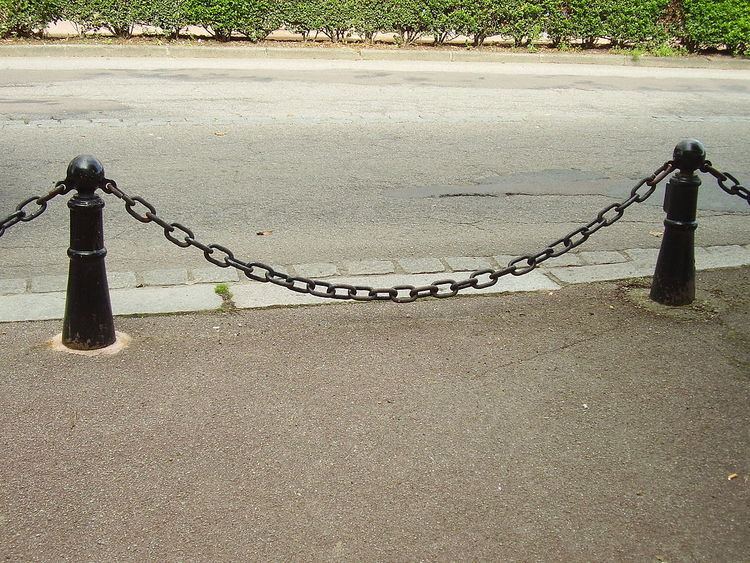 | ||
A weighted catenary is a catenary curve, but of a special form. A "regular" catenary has the equation
Contents
for a given value of a. A weighted catenary has the equation
and now two constants enter: a and b.
Why they are important
A catenary arch has a uniform thickness. However, if
- the arch is not of uniform thickness, [1],
- the arch supports more than its own weight, [2],
- or if gravity varies, [3],
it becomes more complex. A weighted catenary is needed.
Note that "aspect ratio" is important, which see, [4], [5].
Examples
The Gateway Arch in the American city of Saint Louis is the most famous example of a weighted catenary.
Simple suspension bridges use weighted catenaries, [6], or parabolas, [7], [8].
References
Weighted catenary Wikipedia(Text) CC BY-SA
